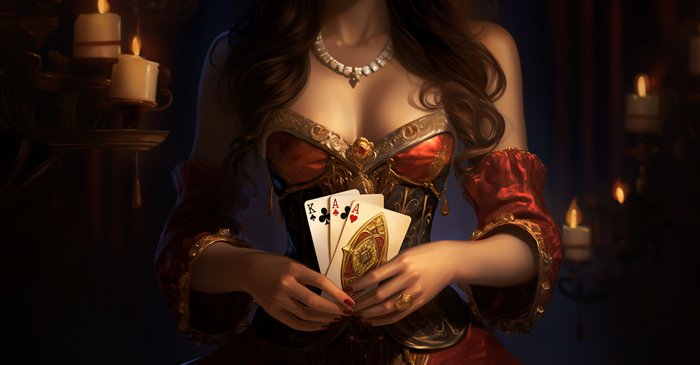Kings, Queens, and Jokers: The Surprising Origins of the Modern Deck of Cards

The Cards in Your Hand Have a Fascinating History
Chances are you've held a deck of playing cards in your hands countless times. But have you ever wondered about their origins? Those cards in your hand represent an evolution of history and design spanning back centuries!
Playing cards first appeared in 9th century China during the Tang Dynasty. These early Chinese cards were made of paper and had suits of coins, strings of coins, myriads of strings, and tens of myriads. As card playing spread across trade routes, different cultures customized the cards' artwork and suits.
When playing cards came to Europe in the 14th century, the suits became cups, swords, polo sticks and coins. But by 1480 in France, these had transformed into the more familiar hearts, diamonds, clubs and spades. Kings were made the high card and full 52-card decks emerged during the Renaissance.
Jokers came later as wild cards in the 1800s. But otherwise, the modern deck has kept its form from historic European playing cards. Their royal portraits and pip cards have become standard - but played in countless games worldwide.
So next time you pick up a deck of cards, think of the origins. Whether you're playing Solitaire, Hearts, Euchre or Spades, that deck in your hands connects you to centuries of history and players worldwide! The cards may have changed in style over the centuries, but their fun is timeless.
